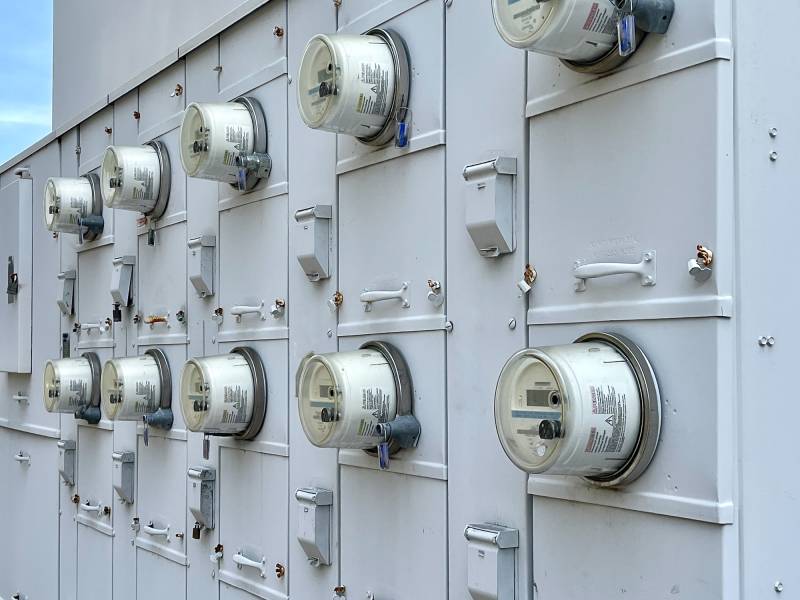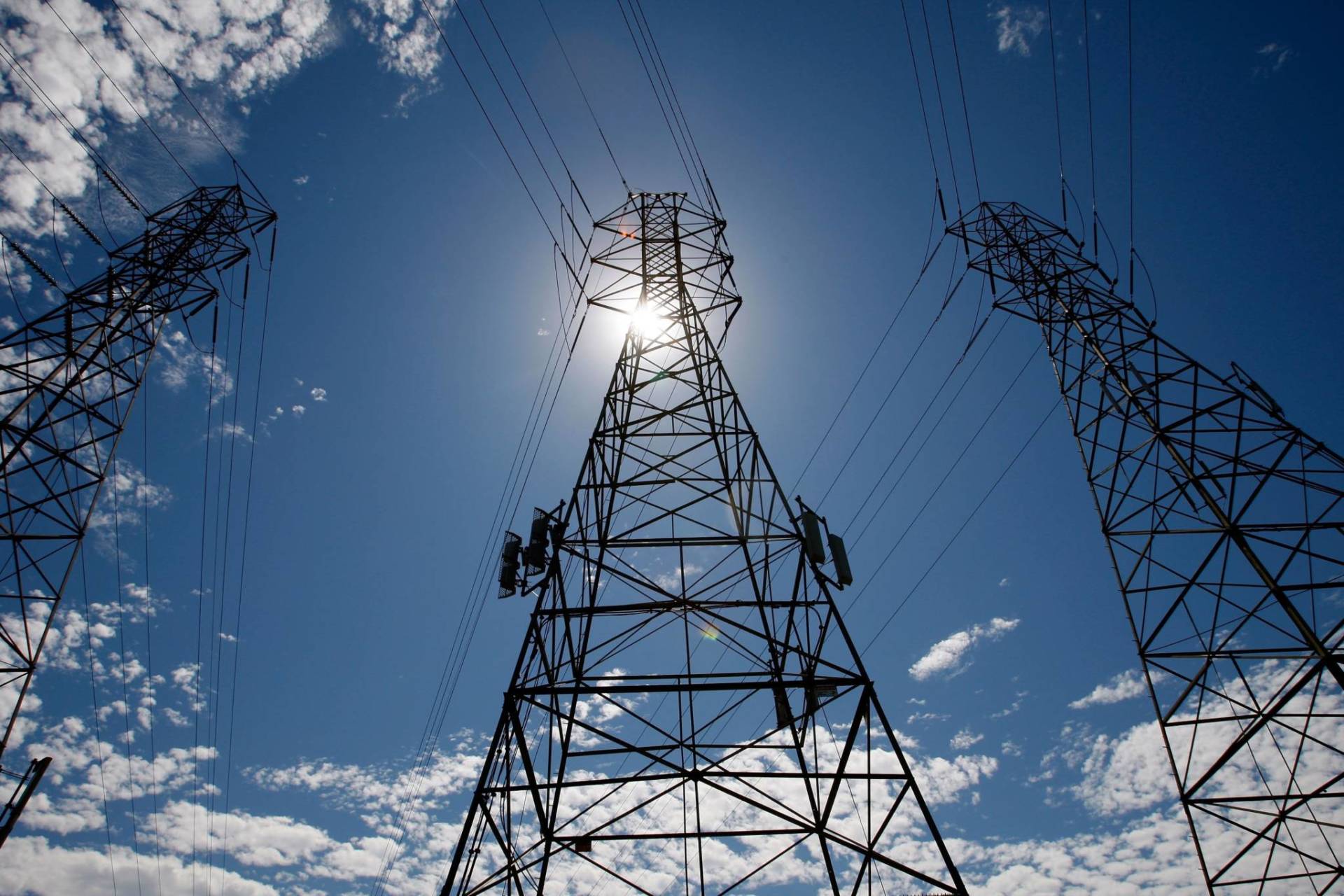The major costs associated with electricity have impeded state efforts to promote electric cars and appliances to slash greenhouse gas emissions. Historically, high electricity rates encouraged conserving energy, Kerstein said.
“Now we understand that, yes, conservation is good, but also we need to get folks to electrify and move towards electricity rather than fossil-fuel powered cars and natural gas,” she said. “That means that addressing affordability in electricity is so critical for the state, and thinking about those issues is going to be increasingly important.”
While the report did not recommend ways lawmakers could address electricity costs, it highlighted the trade-offs of various policy solutions, “including balancing the desires to both mitigate and adapt to climate change as well as preserve affordability.”
And lawmakers are already jumping into the ring to tackle the hot-button issue. State Sen. Josh Becker, D-Menlo Park, who was recently appointed chair of the Senate Energy, Utilities and Communications Committee, declared his commitment to affordability in a statement earlier this week. And Bay Area Democrats told the San Jose Mercury News that they plan to take on electricity bills this session.
Andrew Campbell, executive director of the Energy Institute at UC Berkeley’s Haas School of Business, said one way to address rising consumer bills is to shift the costs of mitigating wildfires and climate change programs from utility bills to the state budget.
“Wildfire risk is not primarily a utility issue, and it relates to forest management and climate change and other things which are state problems, state challenges,” he said. “Some of those costs to address that could be moved from bills onto the state budget.”
Similarly, Campbell said that programs assisting low-income households and other environmental programs could be paid for through the state budget, which Gov. Gavin Newsom announced may see a slight surplus this year.
“Until this recent affordability crisis, the Legislature has looked at utility bills as an alternative way to pay for things that they want to happen,” Campbell said. “That’s something that’s not going to work going forward and probably needs to be reversed for some of the past decisions.”



